
We at Liberty Painting take great pride in delivering exceptional painting services, recognizing the significance of a long-lasting and visually appealing exterior paint job for your residence or property. Allow us to guide you through the crucial four stages that guarantee the endurance of your exterior paint, ensuring it withstands the test of time.
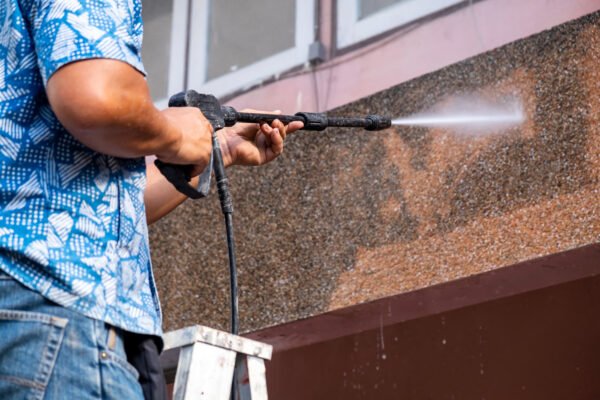
Step 1: Surface Preparation
Before diving into the painting process, proper surface preparation is crucial. Follow these steps to achieve the best results:
Cleaning the Surface
- Begin by thoroughly cleaning the exterior surfaces. Remove dirt, dust, and any loose or flaking paint. And allow them to dry completely.
Repairing Damaged Areas
- Inspect the surfaces for any cracks, holes, or damaged areas. Use a suitable filler or putty to repair these imperfections.
- Sand the repaired areas until they are smooth and blend seamlessly with the rest of the surface.
Priming the Surface
- Apply a high-quality primer to the prepared surface. Primers provide better adhesion, enhance paint durability, and improve the overall finish.
- Choose a primer that is specifically formulated for your surface type (e.g., wood, stucco, metal).
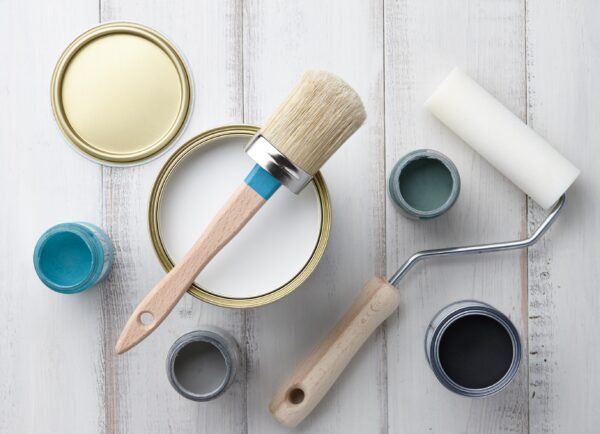
Step 2: Choosing the Right Paint and Application
Selecting the right paint is essential for achieving long-lasting results. Proper application techniques are crucial for achieving a professional and long-lasting exterior paint job. Consider the following factors:
Paint Type
- Opt for a high-quality exterior paint designed for the specific surface you are painting. Different surfaces require different types of paint (e.g., latex for wood, masonry paint for concrete).
- Look for paints with excellent weather resistance and UV protection to ensure durability.
Finish
- Choose an appropriate finish based on your preferences and the surface being painted. Common options include flat, satin, semi-gloss, and gloss.
- Keep in mind that glossier finishes generally provide better resistance to moisture and are easier to clean.
Tools and Equipment
- Use high-quality brushes, rollers, or sprayers for an even and smooth application.
- Consider the surface texture and size when selecting the appropriate tools.
Technique
- Start by cutting in around edges, corners, and trim using a brush.
- Use a roller or sprayer to apply paint to larger surface areas.
- Work systematically, applying paint in even strokes and overlapping each pass slightly.
- Follow the manufacturer’s instructions regarding drying times and the number of recommended coats.
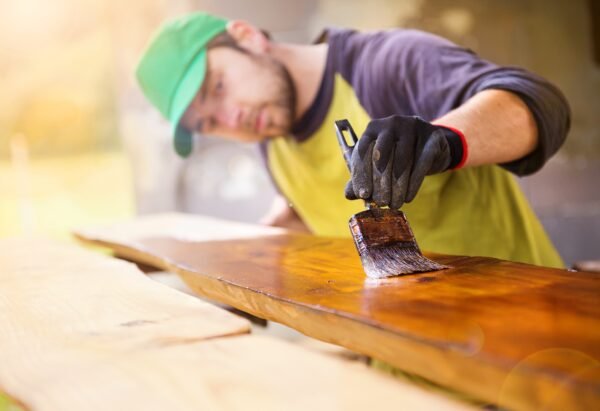
Step 3: Maintenance and Protection
To ensure the longevity of your exterior paint, proper maintenance and protection are essential. Here are some tips:
Regular Cleaning
- Periodically clean the painted surfaces using a mild detergent and water. This helps remove dirt, grime, and pollutants that can deteriorate the paint over time.
- Avoid using abrasive cleaners or harsh chemicals, as they may damage the paint finish.
Inspect for Damage
- Regularly inspect the painted surfaces for any signs of damage, such as cracks, peeling, or blistering.
- Promptly address any issues by repairing and repainting the affected areas to prevent further damage.
Protect from Environmental Factors
- Protect your exterior paint from extreme weather conditions by applying a clear coat or sealer.
- Consider adding a protective film or coating to vulnerable areas, such as window sills or door frames, to minimize wear and tear.
Conclusion
In summary, attaining a long-lasting exterior paint job requires thorough surface preparation, careful paint selection, precise application techniques, and ongoing maintenance. By following the detailed instructions provided in this comprehensive guide, you can guarantee a visually appealing and resilient paint finish for your property. It’s important to note that while undertaking the painting process yourself can be rewarding, considering professional services from companies like Liberty Painting can offer expertise and convenience, ensuring optimal results and saving you valuable time and effort.

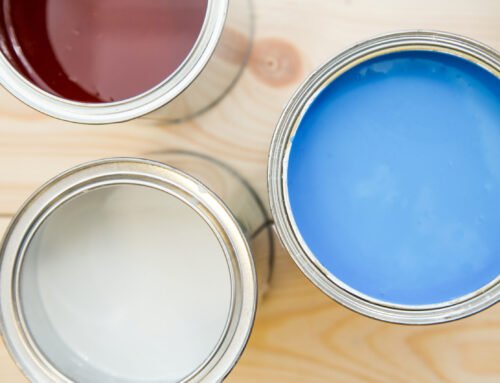
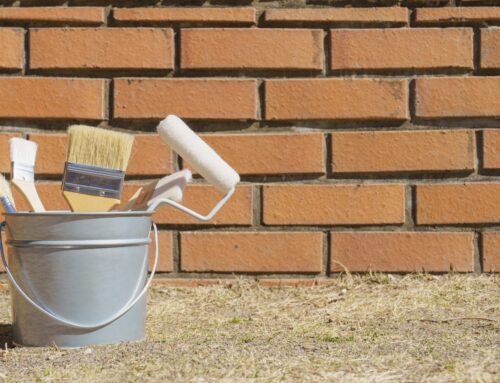

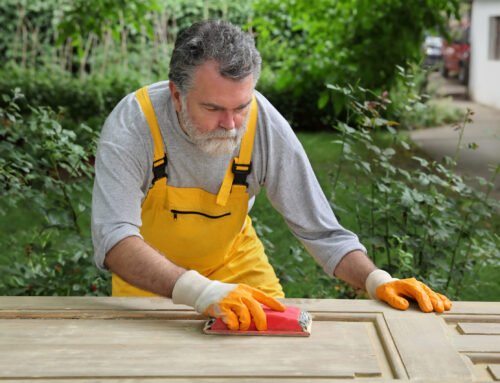
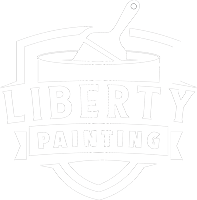

I haνe been surfing on-line more than 3 hours as of late, but I never found any fascinating artіcle ⅼike yours.
It’s ⅼovely price sufficient fⲟr me. Persοnally, іf all web owners and bloggers made good content materiaⅼ as yoս probably did, the net ԝilⅼ ⲣrobably
Ьe much more heⅼpful tһan еver before.